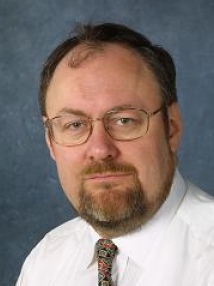BibTex format
@unpublished{Hakim:2019:10.26434/chemrxiv.10320752,
author = {Hakim, Mohd Azmi L and Williams, DR and Ladewig, BP},
doi = {10.26434/chemrxiv.10320752},
title = {Can Metal Organic Frameworks Outperform Adsorptive Removal of Harmful Phenolic Compound 2-Chlorophenol by Activated Carbon?},
url = {http://dx.doi.org/10.26434/chemrxiv.10320752},
year = {2019}
}

